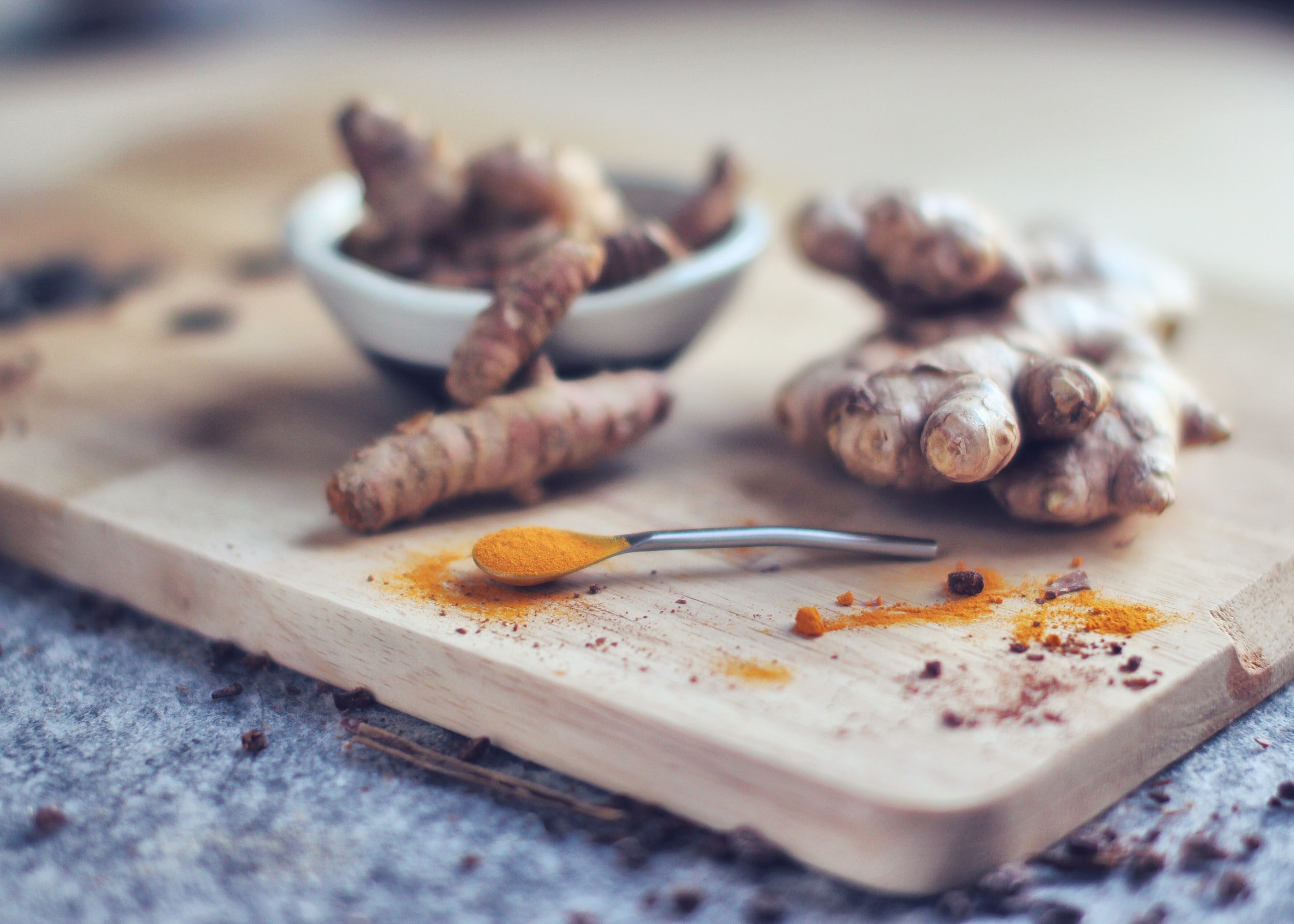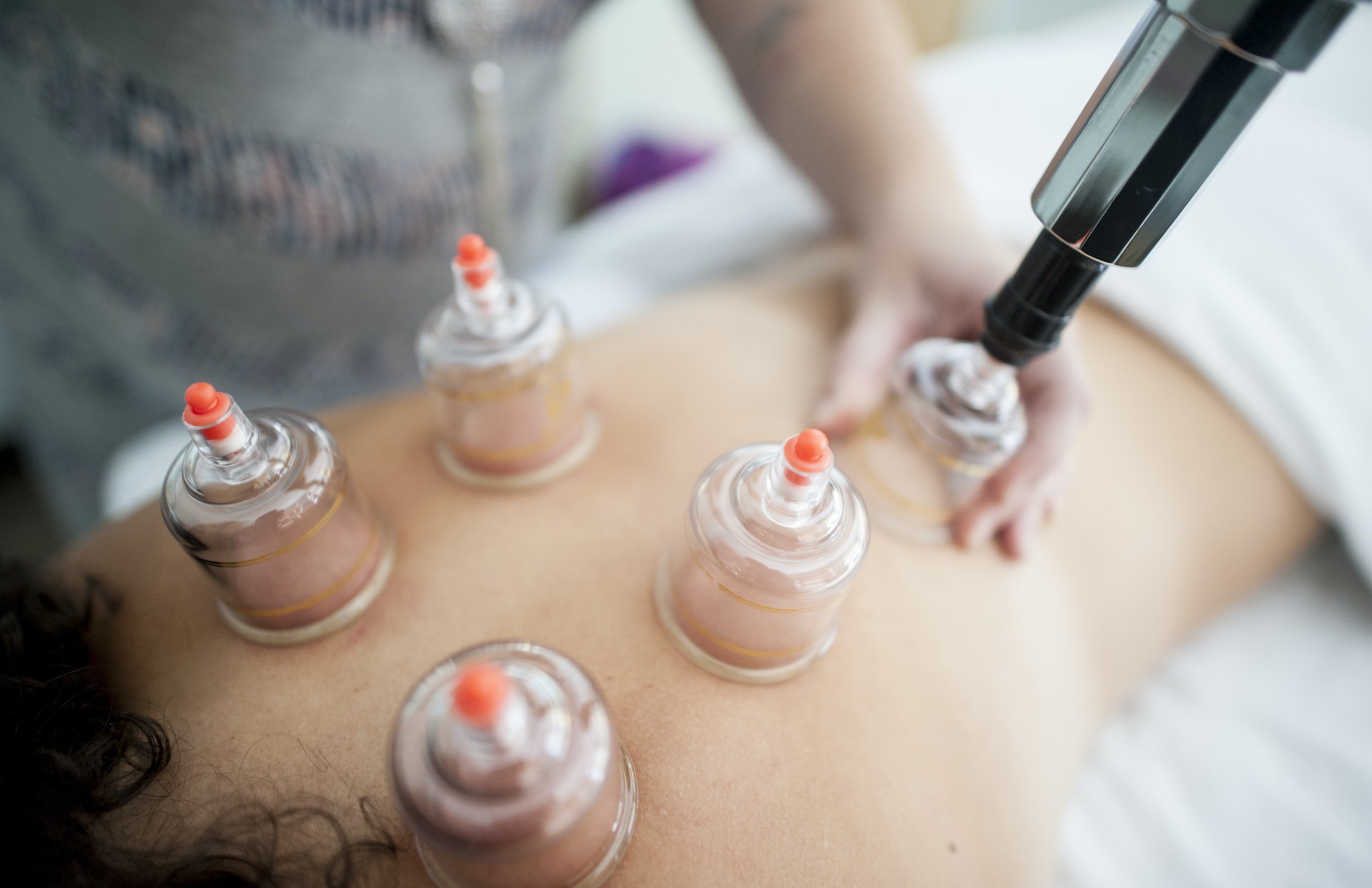Say Goodbye to Migraines with These 10 All-Natural Remedies
Migraines are severe, recurring headaches that can cause intense throbbing or pulsing in one area of the head. They are often accompanied by other symptoms such as nausea, vomiting, and sensitivity to light and sound. Migraines can be debilitating and interfere with daily activities.
Take it from me; if you suffer from migraines, it is important to have a plan in place for relief.
Here are some natural remedies that may help provide relief from migraines.*
*It is important to note that natural remedies are not a replacements for medical treatment, and should be used in addition to, not instead of, conventional care. If you are considering natural remedies for the treatment of migraines, it is a good idea to also speak with a healthcare professional who can help determine the best course of treatment for you.
1. Avoid triggers
Keep a headache diary to identify and avoid triggers that may cause migraines.
Common triggers include certain foods (such as aged cheeses, processed meats, and chocolate), alcohol, caffeine, and certain medications.
2. Ginger
Ginger is a spice that is commonly used in cooking and has a number of health benefits. It is thought to have anti-inflammatory properties and has been shown to reduce the severity of migraines. Ginger can be consumed in a variety of ways to help relieve migraines:
Ginger tea: To make ginger tea, slice or chop a small piece of ginger and add it to a cup of hot water. Steep for 5-10 minutes, then strain and drink.
Ginger capsules: Ginger capsules are readily available at most health food stores and pharmacies. They can be taken as directed on the label.
Ginger powder: Ginger powder can be added to food or beverages to provide a ginger flavor. It can also be mixed with water to make a paste that can be applied topically to the skin.
Atomic Recommendations
Kroma Wellness | Perfect Fast Ginger Turmeric Tea | use code ONEATOMIC15 to take 15% off your order
3. Feverfew
Feverfew is a herb that has been used for centuries to treat migraines and other types of headaches. It is believed to reduce inflammation and constrict blood vessels, which may help reduce the severity of migraines. Feverfew can be taken in the form of capsules or as a dried herb.
To use feverfew as a dried herb, you can add a small amount (1-2 teaspoons) to a cup of hot water and steep for 5-10 minutes. You can also add feverfew to food or drinks for a mild, bitter flavor.
Feverfew is generally considered safe when taken in recommended doses, but it is important to speak with a healthcare professional before taking feverfew or any other supplement, as it may interact with certain medications or have potential side effects.
It is also a good idea to start with a small dose and gradually increase to the recommended dosage to avoid any adverse reactions.
4. Magnesium
Magnesium is a mineral that is involved in over 300 enzymatic reactions in the body. It has been shown to be effective in reducing the frequency and severity of migraines, especially in people who have low levels of magnesium.
Magnesium can be taken in the form of supplements or through food sources such as leafy green vegetables, nuts, and seeds.
Atomic Recommendations
Kroma Wellness | Calming + Restore Magnesium - use code ONEATOMIC15 to take 15% off your first order at Kroma Wellness
Moon Juice | Magnesi-Om - use code ATOMICBLONDE10 to take 10% off your first order at Moon Juice
Image Credit: East West School of Planetary Herbology
5. Butterbur
Butterbur is a herb that has been shown to be effective in reducing the frequency of migraines.
It is thought to work by blocking the production of certain chemicals in the brain that contribute to migraines.
Butterbur can be taken in the form of capsules or as a dried herb.
6. Acupuncture
Acupuncture is a type of traditional Chinese medicine that involves the insertion of thin needles into specific points on the body. It is believed to restore balance to the body's natural energy, or Qi, and to promote healing.
Acupuncture may help reduce the frequency and intensity of migraines by releasing endorphins and other natural painkillers. It is thought that acupuncture may work by stimulating nerve pathways and the release of certain chemicals in the body, such as endorphins and serotonin.
Acupuncture is typically done by a trained acupuncturist. The needles used are sterile and disposable, and are usually left in place for 15-30 minutes. Acupuncture is generally considered safe when performed by a trained and licensed practitioner, but it is important to speak with a healthcare professional before starting acupuncture to ensure that it is appropriate for you.
Some people experience minor side effects from acupuncture, such as soreness or bruising at the needle sites, but these typically resolve on their own within a few days.
7. Massage
Massage therapy is a type of treatment in which a therapist manipulates the soft tissues of the body to improve health and well-being. Massaging the neck, shoulders, and head can help relax tense muscles and provide relief from migraines.
It is thought that massage may help reduce migraines by decreasing muscle tension and increasing blood flow to the head and neck. Some people find relief with a gentle head massage, while others may prefer a more vigorous neck and shoulder massage.
Massage may be done with the hands, fingers, or a device such as a massage gun. It is important to speak with a healthcare professional or a trained massage therapist before starting massage therapy, as it may not be appropriate for everyone.
It is also important to let the therapist know if you have any medical conditions or if you are pregnant, as this may affect the type of massage that is safe for you.
8. Get enough sleep
This is the one that usually triggers my migraines, I have found.
Lack of sleep can trigger migraines that LAST (can confirm, unfortunately), so it is important to get enough rest. It is recommended that adults get 7-9 hours of sleep per night to feel well-rested and alert during the day.
There are a few things you can do to improve your sleep:
Establish a regular sleep schedule: Try to go to bed and wake up at the same time every day, including on weekends.
Create a sleep-friendly environment: Keep your bedroom cool, dark, and quiet, and use a comfortable mattress and pillows.
Relax before bed: Try to relax before bed by reading a book, taking a warm bath, or listening to soothing music.
Avoid screens before bed: The blue light emitted by screens can disrupt your natural sleep-wake cycle, so it's a good idea to avoid screens for at least an hour before bed.
Avoid caffeine and alcohol: Caffeine and alcohol can disrupt your sleep, so it's a good idea to limit your intake of these substances, especially in the hours leading up to bedtime.
Sakara Life’s Beauty + Detox Water Drops | use code ATOMICBLONDESAKARA to take 20% off your first order at Sakara Life
9. Stay hydrated
Dehydration can trigger migraines, so make sure to drink plenty of water throughout the day. It is recommended that adults drink at least 8 cups (64 ounces) of water per day to maintain proper hydration.
There are a few things you can do to stay hydrated:
Drink water: Water is the best source of hydration, so make sure to drink plenty of it throughout the day.
Eat hydrating foods: Many foods, such as fruits and vegetables, are high in water content and can help keep you hydrated.
Drink water when you're feeling thirsty: Thirst is a sign that your body is already starting to become dehydrated, so it's important to drink water as soon as you feel thirsty.
Drink water before, during, and after exercise: Exercise can cause you to lose water through sweat, so it's important to drink water before, during, and after exercise to stay hydrated.
Drink water in hot or humid weather: Hot or humid weather can cause you to lose water through sweat, so it's important to drink extra water in these conditions to stay hydrated.
Add electrolytes and minerals to your water: Recommendations include Sakara Life’s Beauty + Detox Water Drops for a boost of minerals and chlorophyll
use code ATOMICBLONDESAKARA to take 20% off your first order at Sakara Life
10. Practice relaxation techniques
Stress is a common trigger for migraines, so finding ways to relax can be helpful in preventing migraines.
There are many different relaxation techniques, and what works for one person may not work for another. Some common relaxation techniques include:
Deep breathing: Deep breathing involves focusing on your breath and taking slow, deep breaths in and out. This can help calm the body and mind.
Meditation: Meditation involves focusing on the present moment and letting go of thoughts about the past or future. It can be done in a seated or lying down position, and can be done with or without guidance.
Yoga: Yoga involves physical postures, breathing techniques, and meditation. It can help relax the body and mind, and improve flexibility and strength.
Progressive muscle relaxation: Progressive muscle relaxation involves tensing and relaxing different muscle groups in the body. This can help reduce muscle tension and promote relaxation.
Guided imagery: Guided imagery involves using your imagination to visualize calming scenes or situations. It can be done with or without guidance.
It is important to find a relaxation technique that works for you and to set aside time to practice it regularly.
Atomic Recommendations
Headspace | an app that will assist in relaxing techniques











